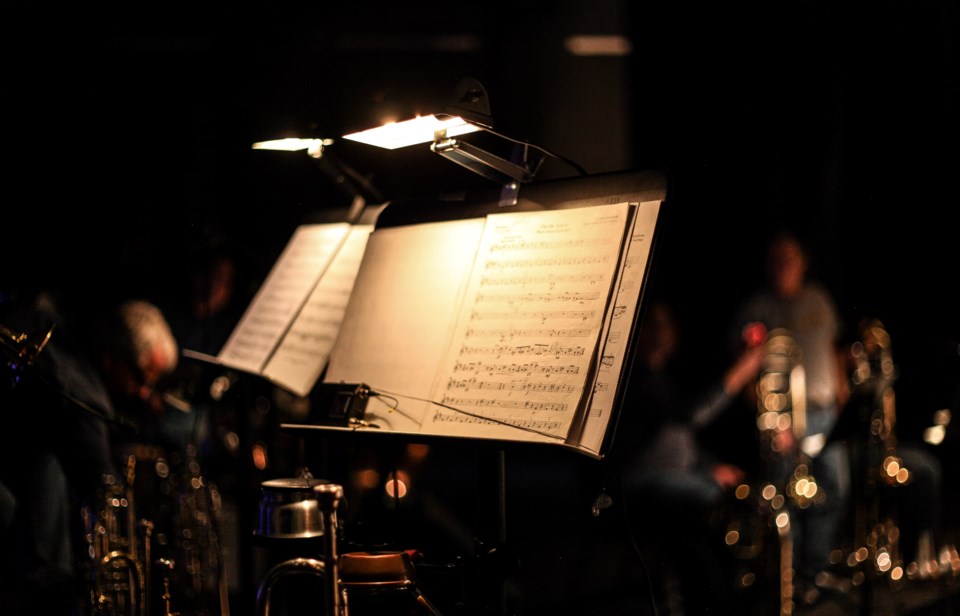The Longmont Leader accepts contributions, photos, letters to the editor, or LTEs, and op-eds for publication from community members, business leaders and public officials on local topics. Publication will be at the discretion of the editor and published opinions do not represent the views of the Longmont Leader or its staff. To submit a contribution, email [email protected].
On Saturday, November 19, I will be conducting the Longmont Symphony Orchestra in a program that recognizes American culture and history. The program includes Samuel Coleridge-Taylor's Hiawatha Overture, Dvorak's Eighth Symphony, and American composer Michael Daugherty's Trail of Tears Flute Concerto with guest artist Brice Smith. The Flute Concerto Trail of Tears is a musical journey into how the human spirit discovers ways to deal with one of our nation's great tragedies, the forcible removal of 15,000 Cherokee men, women, and children from their homes by the U.S. Army. During their 800-mile journey to Oklahoma over the freezing winter of 1838, nearly 4,000 Cherokee died of exposure, disease, and starvation during the five-month march known as the "Trail of Tears." The work concludes with a movement titled "Sun Dance," which evokes the most important religious dance ceremony of the Indigenous peoples of the Great Plains of the 19th Century. Banned on Native American reservations for a century by the U.S. government, the dance is practiced again today. This stirring and meaningful musical dance was composed to suggest how reconnecting with the past might create a path toward a better future.
As we prepare for this performance about American culture and history, I cannot help but see connections to what is happening today in Ukraine. Last month, the 47-year-old Ukrainian orchestra conductor Yuriy Kerpatenko was shot dead by Russian soldiers because he refused to conduct a concert intended by the Russian occupiers to demonstrate "the improvement of peaceful life" in his Ukrainian occupied territory. Sadly, the death of Maestro Kerpatenko is not unique. His name will be added to the list of murdered Ukrainian artists as Putin aims to occupy Ukrainian territory and destroy Ukrainian culture. And yet, I am inspired as I learn more about the value Ukrainians place on their culture and the unprecedented lengths they will go to protect their cultural identity. Shouldn't we all be so fiercely committed to our culture and the art that tells the story of who we are!
What does it say that Kerpatenko was willing to die rather than have his art used as political propaganda? First, it says he placed his civic duty as an ambassador of music above all else by refusing to leave his occupied city. Second, he recognized the power of his music, and rather than risk its integrity, made the ultimate sacrifice. Yuriy Kerpatenko is a Ukrainian hero and a hero to artists the world over.
This Thanksgiving, I encourage you to join in the celebration of American cultural identity by lifting up your local artists. Attend performances, provide support by making an end-of-year tax-deductible donation, and applaud them not just for their talents, but as gratitude for their demonstrated resilience, steadfastness, and ingenuity throughout the pandemic. Publicly acknowledge them for making our community the best place that it can be.
As we take the stage on November 19, I will be reminded of the heroism and commitment to civic duty that Maestro Kerpatenko displayed during his life as he brought the story of his people to the stage.
--



.jpg;w=120;h=80;mode=crop)